
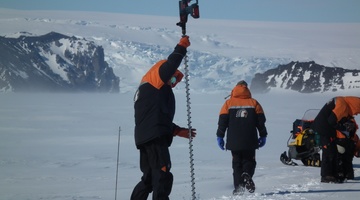
Position: Director, Gateway Antarctica, and Professor, School of Earth and Environment, University of Canterbury. Field: Glaciology and remote sensing Dr Wolfgang Rack, a senior lecturer and ...
READ MORE

Position: Senior Research Engineer, University of Canterbury Field: Electronic systems in harsh environments Most parents have dreams for their children, and Kelvin Barnsdale’s father was no ...
READ MORE
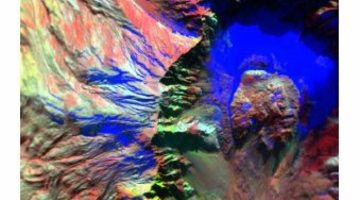
Using super sense technology, changes in the Earth’s structure can be measured without having to actually be there: Motion sensors called seismographs record tremors or small earthquakes that ...
READ MORE
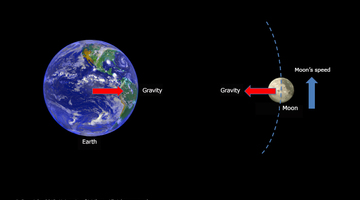
In this activity, students use a simple true or false interactive tool to categorise facts. This activity could be used as a formative activity to gather students prior knowledge and ...
READ MORE
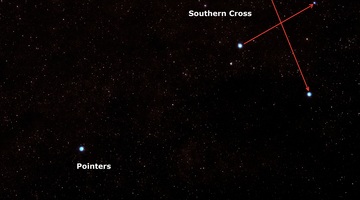
In this activity, students observe how the Moon appears to move across the sky each hour, as well as over several days. They discuss how both the rotation of the Earth as well as the satellite ...
READ MORE

In this activity, students use a scale model of the Earth and identify altitudes of various satellites. They then use a smaller object on a string to model gravity and satellite motion. By the ...
READ MORE
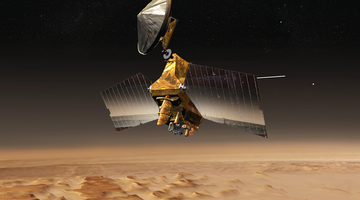
The Planet Four online citizen science project is designed to assist planetary scientists to identify and measure features on the surface of Mars that don’t exist on Earth. Help is needed to ...
READ MORE
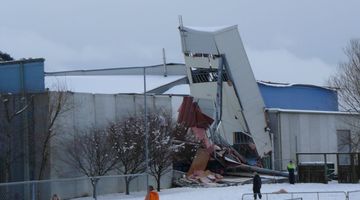
Large snow events in most parts of New Zealand are uncommon. However, if you are in the South Island or the central North Island, this citizen science project could be a great one for your ...
READ MORE
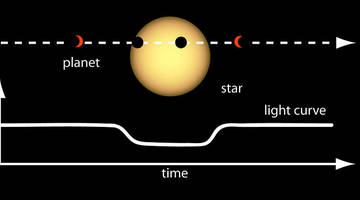
Search data from NASA’s Kepler spacecraft for the dips in star light intensity caused by exoplanets – planets that orbit stars other than the Sun. As these exoplanets pass between the star and ...
READ MORE
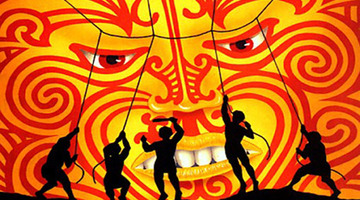
Long ago, according to the legend of Māui, the Sun was the focus of attention. People wanted more daylight and warmth to get their jobs done. Māui schemed to harness the Sun. Rights: Tim Tripp ...
READ MORE
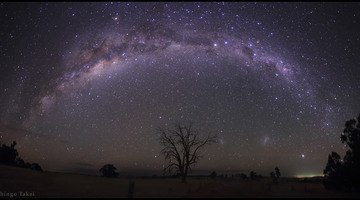
In this online PD session recorded in August 2015, secondary school teacher Steve Chrystall describes how he uses the Science Learning Hub’s satellites and rocket resources to teach space and ...
READ MORE

The Science Learning Hub has lots of resources for primary teachers related to the night sky in the Planet Earth and Beyond strand of the New Zealand Curriculum. The night sky is fascinating to ...
READ MORE
Kelvin Barnsdale explains how his hobby of building electronics that could survive in very strange environments lead to a career involving NASA. He provides ideas on how students can get involved ...
READ MORE
Dr Wolfgang Rack and Dr Adrian McDonald discuss a few of the career pathways that involve the use of satellites and remote sensing. Point of interest Satellites are used for land, ocean, crop and ...
READ MORE
Dr Wolfgang Rack of Gateway Antarctica explains the link between sea ice thickness and global climate and how he uses the CryoSat-2 satellite to measure sea ice. Jargon alert Freeboard is the ...
READ MORE
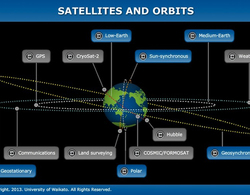
The size, orbit and design of a satellite depend on its purpose. In this interactive, scientists discuss the functions of various satellites and orbits. Accompanying fact files provide ...
READ MORE

Use this interactive graphic organiser to highlight common alternative conceptions about gravity and satellites. Students can place the labels where they think they belong. This activity can be ...
READ MORE
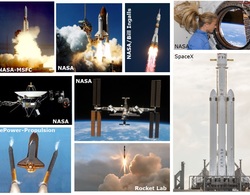
This slideshow introduces a selection of rockets, their purposes and distances travelled in space. Use the Slideshow menu for further options, including view full screen, and go here for the ...
READ MORE